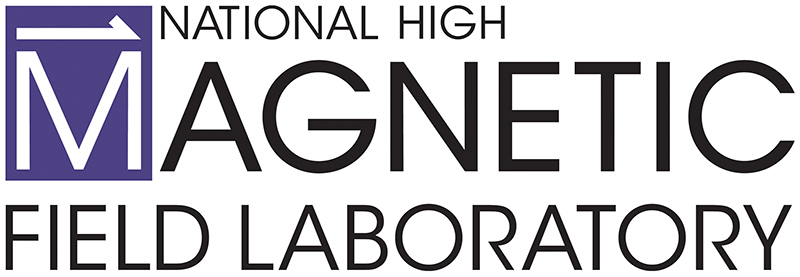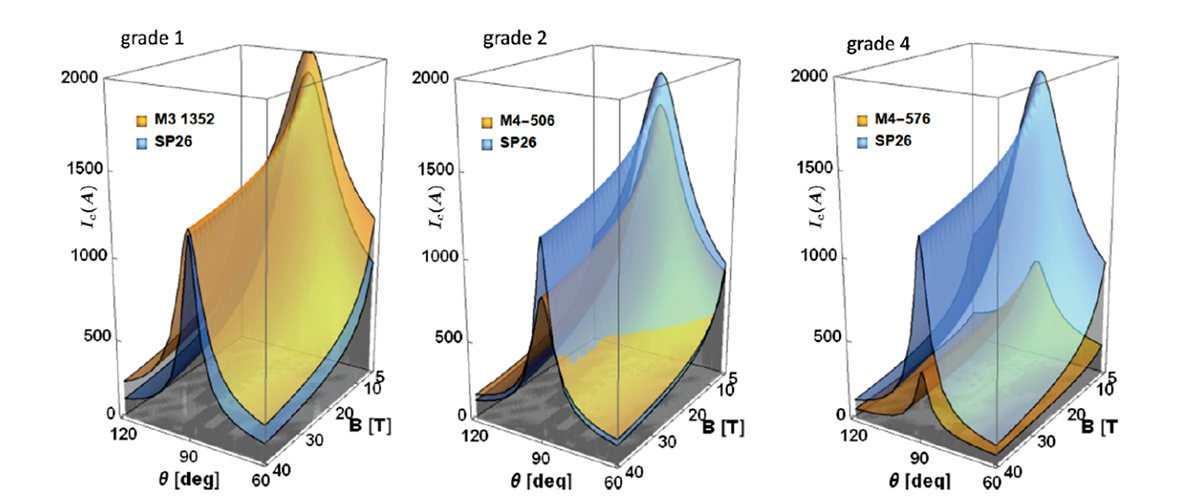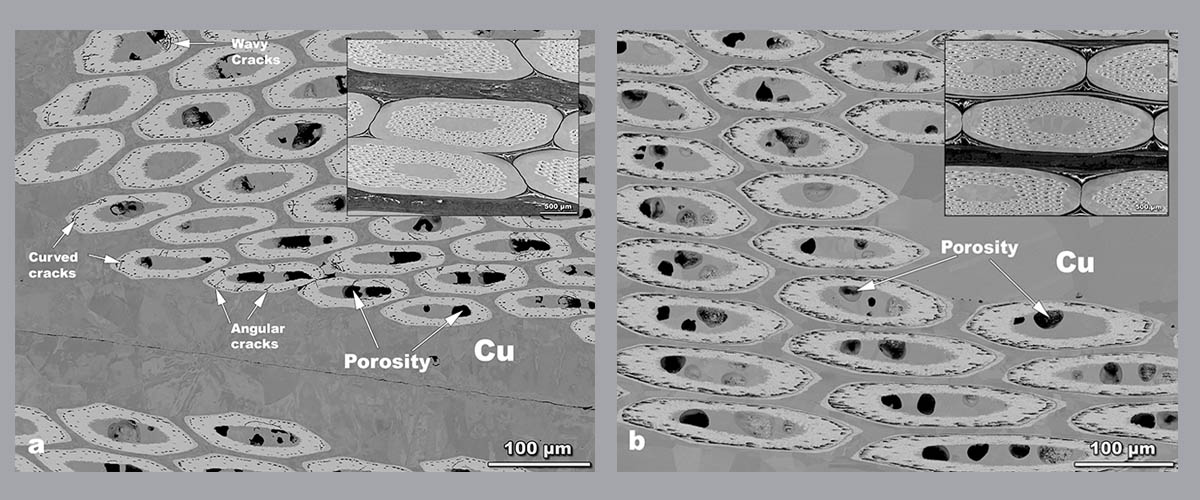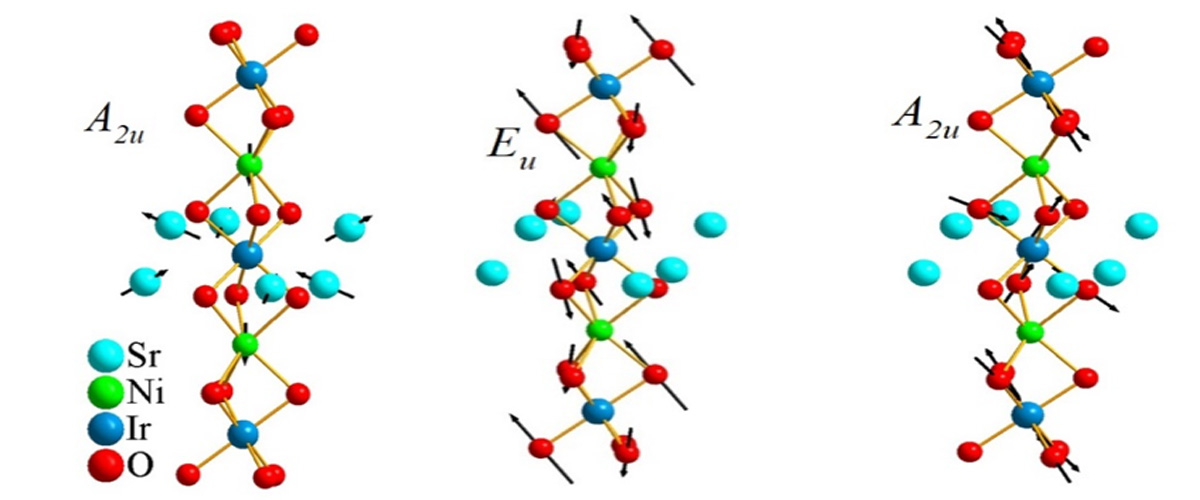What is the finding
Scientists at the MagLab have invented a faster, easier way to test superconducting tapes — special materials that can carry electricity with zero resistance. These tapes play a big role in future technologies, especially in building powerful magnets for fusion energy and advanced medical devices.
Instead of relying on slow, complex testing methods, the new technique uses a clever trick: once the tape becomes superconducting, it naturally tries to line up with a magnetic field. By measuring this motion (called torque), researchers can quickly find out how much electrical current the tape can carry before superconductivity is destroyed — a key performance metric.
Why is this important?
Fusion reactors could provide clean, limitless energy, and superconducting tapes are essential for making the powerful magnets they need. But developing and testing these tapes has been slow and difficult, slowing progress toward this energy breakthrough.
This new method speeds up testing, helping researchers identify the best materials faster — which could help bring fusion energy, better medical imaging, and other high-tech applications closer to reality.
Who did the research?
Jaroszynski, J; Constantinescu, AM; Kolb-Bond, D; Francis, A.; Xu, A.; Ries, R.; Bradford, G.; Bang, B.; Lee, J. and Larbalestier D
National High Magnetic Field Laboratory
Why did they need the MagLab?
Testing how superconducting materials perform under extreme conditions — like very high magnetic fields and super-cold temperatures — isn’t possible in most labs. The MagLab is one of the only places in the world with the powerful magnets and special equipment needed for this kind of research. By combining their one-of-a-kind tools with this new testing method, MagLab scientists are helping accelerate the next generation of energy and technology solutions.
Details for scientists
- View or download the expert-level Science Highlight, Revolutionizing Superconductor Testing for Next-Gen Magnet Technologies
- Read the full-length publication, Critical Current, Lengthwise Fluctuations, and Flux Jumps in REBCO CC: A Torque Magnetometry Study up to 45 T, in arXiv
- Magnetometer For Large Magnetic Moments With Strong Magnetic Anisotropy, US Patent No. 12,181,540 (2024)
Funding
This research was funded by the following grants: K. M. Amm (NSF DMR-2128556)
For more information, contact Alimamy Bangura.






![Scientists studied the copper-based compound [Cu(pyrimidine)H2O4] SiF6 H2O. Repeating units of four copper ions (see above) create corkscrew-like chains with intriguing magnetic properties.](/media/ayslgnyz/june2019_emr_chiral_staggered_chain.jpg)